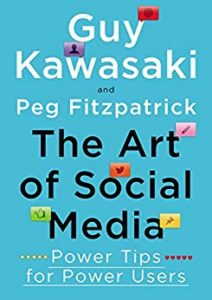Proofing Your Blog Posts

“When you’re writing to attract customers, what you’re really doing is persuading them to choose you over someone else,” writes Amy Pennza of the Content Factory. “People tend to take action when they’re presented with facts, not assertions,” she adds.
At Say It For You, we know that, when searchers arrive at your blog, they already have an interest in (and probably some core knowledge about) your subject. Blog marketing reality is that, in order to move searchers to the next step, you need to “prove your case”. Some of the ways to do that include:
- Statistics about the problem you’re proposing to help solve. (Implications: a. The searcher is not the only one confronting this issue. b. Your company/practice has helped many others solve this very problem.)
- Credentials highlighting the experience, training, and degrees earned by you and your staff members.
- Social proof emphasizes the fact that many others have benefited from the solution you’re proposing. Simply Psychology explains that people are more willing to commit to a course of action if other people are doing it. Blog content writers can use testimonials and success stories to create “normative influence”.
coin collecting. Rather than featuring a fronted raised image on a mirrored field, reverse proof coins feature a frosted field with a raised, mirrored image. According to APMEX®, reverse proof coins are considered more beautiful and valuable than standard coins.
Translated into blog marketing, reverse proof involves comparing your proposal with alternatives that prospects might consider. But, rather than focusing on competitors’ shortcomings, focus on the customer’s solution, advises salesforce.com, allowing the customer to see solutions they didn’t think were possible. In fact, Sales Force advises, don’t use comparisons at all, never allowing the discussion to turn to competitors.
- It shows consumers you’re honest.
- It establishes you as an industry thought-leader.
- It allows you to control the conversation.





Follow us online!